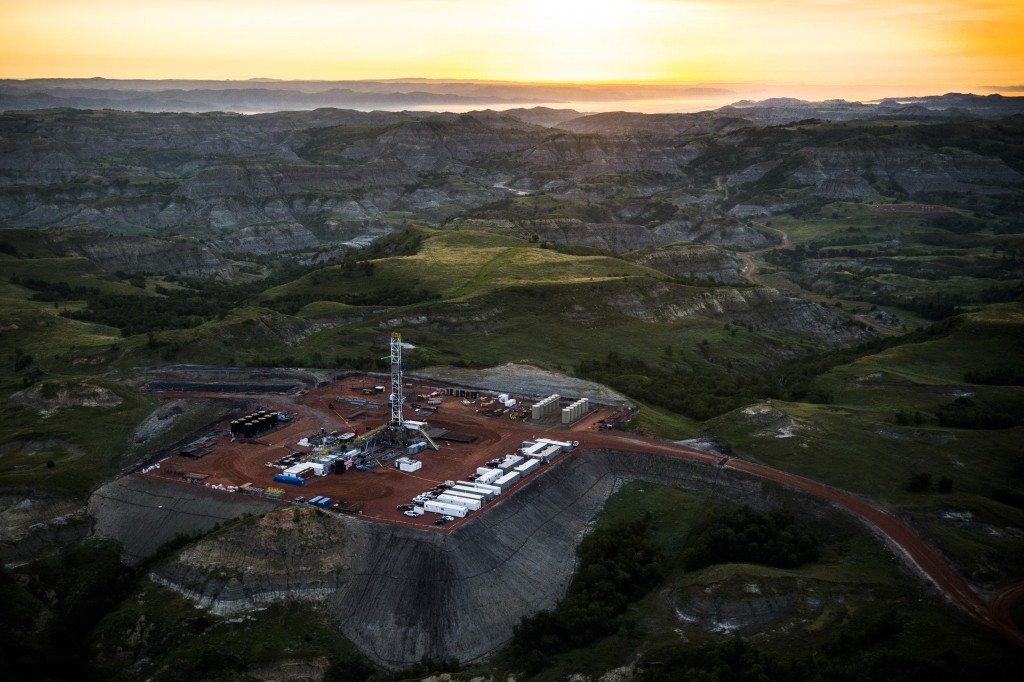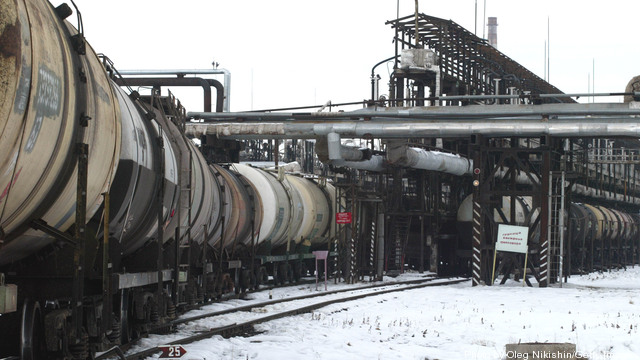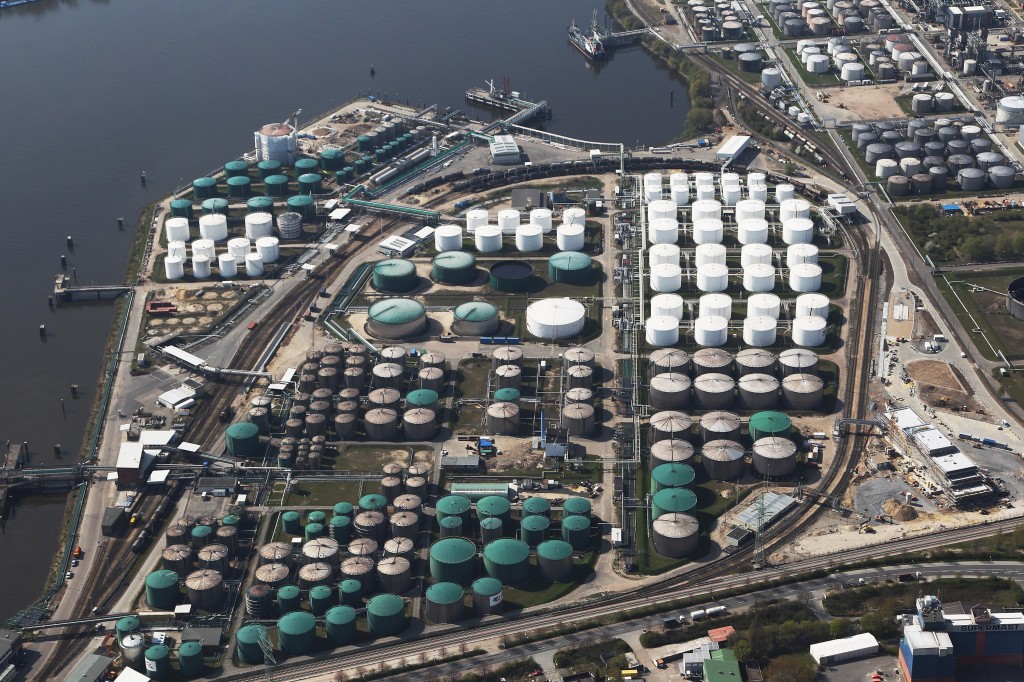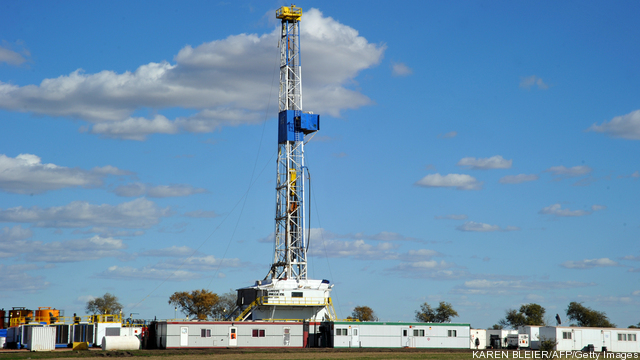The Atlantic has published a six-video series in an attempt to shed light on how the US produces and uses energy. The written overview pieces are sort of light on the more technical aspects of production and consumption, but one of them links to a really nice infographic over at Grist, which was put together by the… Keep reading →
Rail
Sign up and get Breaking Energy news in your inbox.
We will never sell or share your information without your consent. See our privacy policy.The tight oil being developed in North America is certainly not the lowest-cost oil in the world. But of the opportunities available to major oil companies, relatively low cost is just one of many advantages it offers over other sources of production. “The shale revolution has changed the competitive landscape, because every investment decision we… Keep reading →
The fatal Quebec oil train disaster looks likely to touch off yet another debate affecting the future of the Keystone XL pipeline – whether pipelines or rail are a safer way to transport oil. “People think rail is costless until something like this happens.” [Bloomberg] France’s Total and its Chief Executive Christophe de Margerie were… Keep reading →
Any game-changing technological advance benefits some industries and challenges others. Ratings agency Standard & Poor’s has compiled a list of winners and losers from the US shale boom in a report, Game Changer: Industry Winners And Losers From The U.S. Shale Revolution, released yesterday. Among beneficiaries of the shale boom are the petrochemical industry, which is enjoying lower… Keep reading →
The refineries along the US East Coast sit close to some of the globe’s largest energy demand centers, but face such high prices for the crude they process that many have struggled to make money. Many import crude oil from Africa and the Middle East, and have been cut off from cheaper supply recently surging out of the middle and west of North America by limits on transportation infrastructure.
Companies like Enbridge, which presented recently at the US Association for Energy Economics, are seeking solutions to a bottleneck that is preventing lower-priced crude from competing on global or even national markets. Much oil currently travels by rail, as we’ve noted on Breaking Energy before, and may increasingly go multi-modal, from pipelines into rail cars and vice versa as it wends its way to energy-hungry Eastern US and Eastern Canadian markets. Keep reading →





